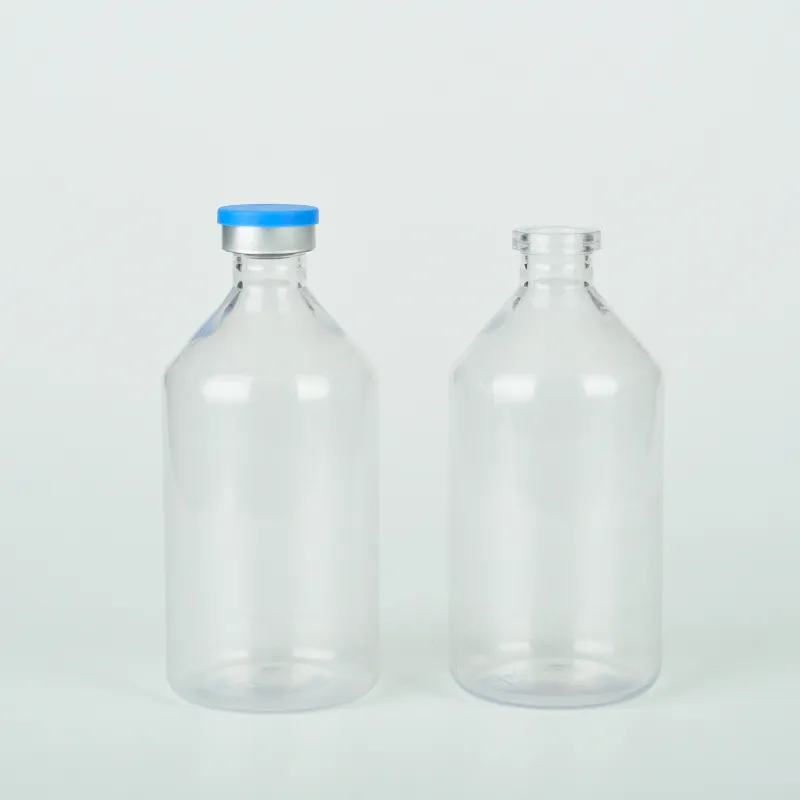
-
 Afrikaans
Afrikaans -
 Albanian
Albanian -
 Amharic
Amharic -
 Arabic
Arabic -
 Armenian
Armenian -
 Azerbaijani
Azerbaijani -
 Basque
Basque -
 Belarusian
Belarusian -
 Bengali
Bengali -
 Bosnian
Bosnian -
 Bulgarian
Bulgarian -
 Catalan
Catalan -
 Cebuano
Cebuano -
 Corsican
Corsican -
 Croatian
Croatian -
 Czech
Czech -
 Danish
Danish -
 Dutch
Dutch -
 English
English -
 Esperanto
Esperanto -
 Estonian
Estonian -
 Finnish
Finnish -
 French
French -
 Frisian
Frisian -
 Galician
Galician -
 Georgian
Georgian -
 German
German -
 Greek
Greek -
 Gujarati
Gujarati -
 Haitian Creole
Haitian Creole -
 hausa
hausa -
 hawaiian
hawaiian -
 Hebrew
Hebrew -
 Hindi
Hindi -
 Miao
Miao -
 Hungarian
Hungarian -
 Icelandic
Icelandic -
 igbo
igbo -
 Indonesian
Indonesian -
 irish
irish -
 Italian
Italian -
 Japanese
Japanese -
 Javanese
Javanese -
 Kannada
Kannada -
 kazakh
kazakh -
 Khmer
Khmer -
 Rwandese
Rwandese -
 Korean
Korean -
 Kurdish
Kurdish -
 Kyrgyz
Kyrgyz -
 Lao
Lao -
 Latin
Latin -
 Latvian
Latvian -
 Lithuanian
Lithuanian -
 Luxembourgish
Luxembourgish -
 Macedonian
Macedonian -
 Malgashi
Malgashi -
 Malay
Malay -
 Malayalam
Malayalam -
 Maltese
Maltese -
 Maori
Maori -
 Marathi
Marathi -
 Mongolian
Mongolian -
 Myanmar
Myanmar -
 Nepali
Nepali -
 Norwegian
Norwegian -
 Norwegian
Norwegian -
 Occitan
Occitan -
 Pashto
Pashto -
 Persian
Persian -
 Polish
Polish -
 Portuguese
Portuguese -
 Punjabi
Punjabi -
 Romanian
Romanian -
 Russian
Russian -
 Samoan
Samoan -
 Scottish Gaelic
Scottish Gaelic -
 Serbian
Serbian -
 Sesotho
Sesotho -
 Shona
Shona -
 Sindhi
Sindhi -
 Sinhala
Sinhala -
 Slovak
Slovak -
 Slovenian
Slovenian -
 Somali
Somali -
 Spanish
Spanish -
 Sundanese
Sundanese -
 Swahili
Swahili -
 Swedish
Swedish -
 Tagalog
Tagalog -
 Tajik
Tajik -
 Tamil
Tamil -
 Tatar
Tatar -
 Telugu
Telugu -
 Thai
Thai -
 Turkish
Turkish -
 Turkmen
Turkmen -
 Ukrainian
Ukrainian -
 Urdu
Urdu -
 Uighur
Uighur -
 Uzbek
Uzbek -
 Vietnamese
Vietnamese -
 Welsh
Welsh -
 Bantu
Bantu -
 Yiddish
Yiddish -
 Yoruba
Yoruba -
 Zulu
Zulu
Innovative Designs for Sustainable Plastic Bottle Solutions
Designing the Future The Evolution of Plastic Bottle Design
In today’s consumer-driven society, plastic bottles have become ubiquitous, serving as essential containers for a variety of liquids ranging from water and soft drinks to shampoos and detergents. Their convenience, lightweight nature, and cost-effectiveness have led to their widespread use, while their design has continually evolved to meet changing consumer demands, regulatory standards, and environmental concerns.
The design of plastic bottles has undergone significant changes since their inception in the early 20th century. Initially, these bottles were made from glass. However, the introduction of polyethylene in the 1960s marked a revolution in packaging. The lightweight and shatterproof characteristics of plastic allowed manufacturers to create more practical and portable products. Although early designs were often basic, as competition increased, companies began investing more in innovative designs to attract consumers.
Designing the Future The Evolution of Plastic Bottle Design
Moreover, the introduction of labels and branding has transformed the visual aspect of plastic bottles. Eye-catching colors, unique fonts, and creative graphics are strategically employed to attract consumers’ attention on crowded supermarket shelves. Companies invest heavily in the design of their packaging because it plays a crucial role in brand identity and marketing. A well-designed plastic bottle can set a product apart from its competitors and foster customer loyalty.
design plastic bottle

However, the evolution of plastic bottle design has not only focused on aesthetics and functionality; it has also been heavily influenced by growing environmental concerns. The impact of plastic pollution has stirred public awareness and prompted shifts in how companies design and produce their bottles. Many manufacturers are now prioritizing sustainable practices, utilizing recycled materials, and exploring biodegradable alternatives.
One of the most significant design innovations is the introduction of the “plant bottle” by Coca-Cola. This bottle contains up to 30% plant-based materials, reducing reliance on fossil fuels and lowering carbon footprints. Additionally, companies are increasingly adopting designs that are easier to recycle. For instance, clear plastic bottles made from PET (Polyethylene Terephthalate) are widely accepted in recycling programs because they can be easily processed into new products.
In recent years, there has been a noticeable shift towards minimalism in design. As consumers become more environmentally conscious, there is a demand for packaging that minimizes excess material. Brands have begun adopting minimalist designs that not only reduce plastic use but also convey a message of sustainability. Simple, clean lines and subdued colors often indicate a brand's commitment to environmental responsibility, appealing to eco-conscious consumers.
In conclusion, the design of plastic bottles is a multifaceted discipline that encompasses functionality, aesthetics, and environmental stewardship. As technology and sustainability continue to evolve, so too will the designs of plastic bottles. The future promises innovative solutions that cater to both consumer needs and environmental concerns. Ultimately, the journey of plastic bottle design exemplifies the dynamic interplay between consumerism, environmental awareness, and technological advancement, shaping how we package, consume, and think about the products we use every day. In a world where sustainability is becoming paramount, the ability to adapt and innovate will be crucial for manufacturers seeking to meet the challenges ahead while still satisfying consumer demand.
-
Premium 200ml Medicine Bottles – Leakproof Dropper & Spray Options at Best PriceNewsJul.05,2025
-
PTFE Centrifuge Tubes - Chemical Resistant, Leak-proof, Ideal for Laboratory UseNewsJul.05,2025
-
Premium Metal Dropper Bottle for Precise Dispensing 250ml & 1ml Options AvailableNewsJul.04,2025
-
20 ml Headspace Vials - High Quality Polyethylene & Plastic Vials for Lab UseNewsJul.04,2025
-
Small Bottle with Pipette - Precise Dispensing 100ml Pipette Bottles for Essential Oils & Lab UseNewsJun.24,2025
-
Acetic Anhydride Bottle for Accurate Dropper Measurement in Pharmacy Use High-Quality Dropper BottlesNewsJun.10,2025






















